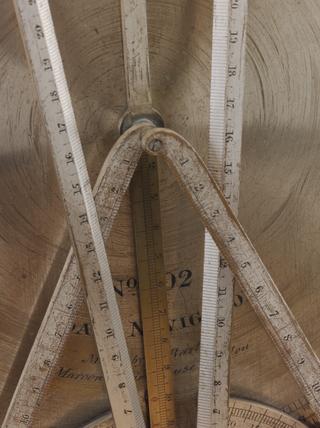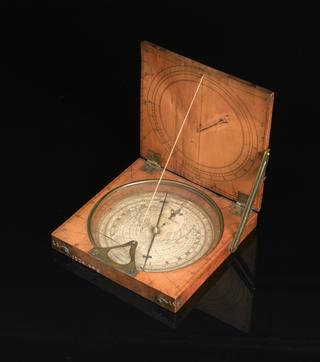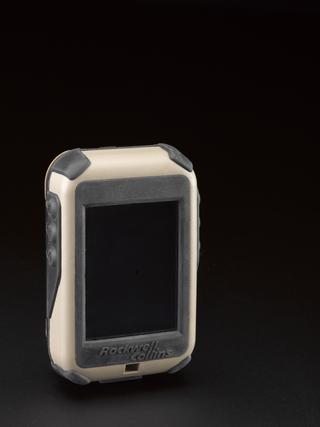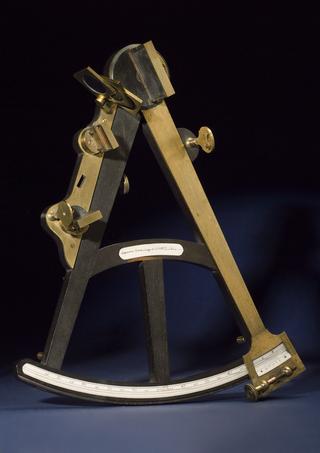
Casio GPS Watch Module 2240
- Made:
- circa 1999 in Japan






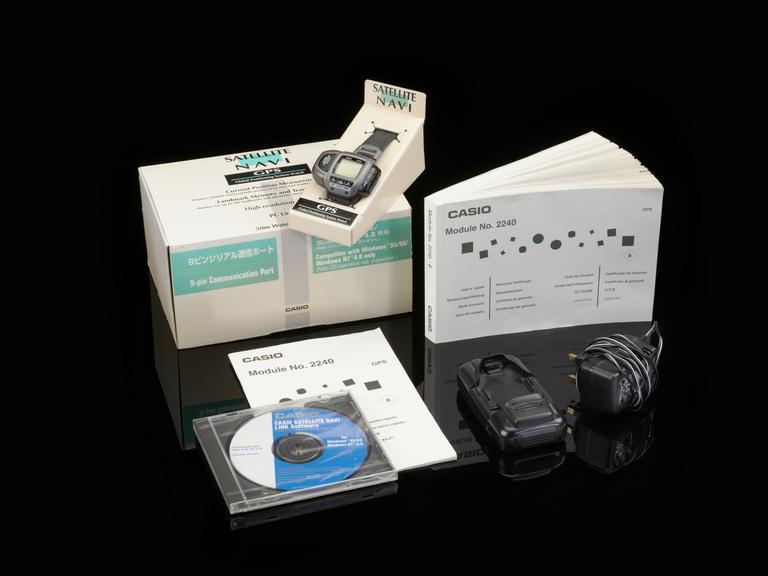





Casio Pro Trek Satellite Navi GPS watch (Module 2240, PRT-GP), with charging unit, mains transformer for charger, LINK software CD plus license agreement, PC cable, instruction manual (user guide) and original packaging, Casio Computer Company Limited, Japan, c. 1999
The Casio Navi series, launched in 1999, was the first civilian wristwatch with built in GPS capabilities. This watch is an early example of GPS embedded into a device as a secondary, mobile function, something which has now become synonymous with smartphone technology and has dramatically changed the how we navigate the world. The development of extremely cheap, relatively accurate quartz liquid crystal display (LCD) digital watch movements in the 1990s prompted watch manufacturers to add extra functions to make their watches stand out from the many available. Other novelty features alongside GPS included a blood-pressure monitor, senor for forecasting weather trends and from 2000 MP3 player and digital camera.
This watch is a second-generation model from the Casio Navi series. It is an example of a personal navigation assistant, a portable electronic product which combines a positions capability (such as GPS) and navigation functions. The first application of PDAs was used by military forces during the First Gulf War after which a huge civilian market emerged. In ‘GPS Mode’ this watch provided the user with a Position Screen (showing latitude, longitude, bearing, speed and maximum speed), Altitude Graph Screen (shows a bar graph based on altitude readings), Plot Screen (shows a continuous record of movement as a series of dots plotted on the display) and Graphical Navigation Screen (showing the direction and distance from the current location to destination). The user could exchange GPS data between the watch and their computer using the watch’s interface/charger unit.
While GPS was a novelty feature when this watch was released, it is now embedded into a range of mobile consumer products. As GPS navigation systems became more and more widespread and popular, the pricing of such system began to fall. GPS watches have become a distinct market and most often used for fitness and sports purposes. They have also been repurposed in research used to monitor mobility in older adults and track patters of physical activities in adolescents. GPS equipped mobile phones have now eclipsed the sale of dedicated GPS units. As smartphone technology developed, a GPS chip eventually became standard. Now everyone has their own personal navigation assistant in their pocket, while this has enabled greater mobility there are also privacy concerns about the use of geo-location data.
Details
- Category:
- Navigation
- Object Number:
- 2021-644
- Materials:
- plastic (unidentified) and metal (unknown)
- Measurements:
-
Box: 110 mm x 150 mm x 230 mm,
- type:
- watch
- copyright:
- Casio Computer Company Limited
- credit:
- Jeremy Simons
